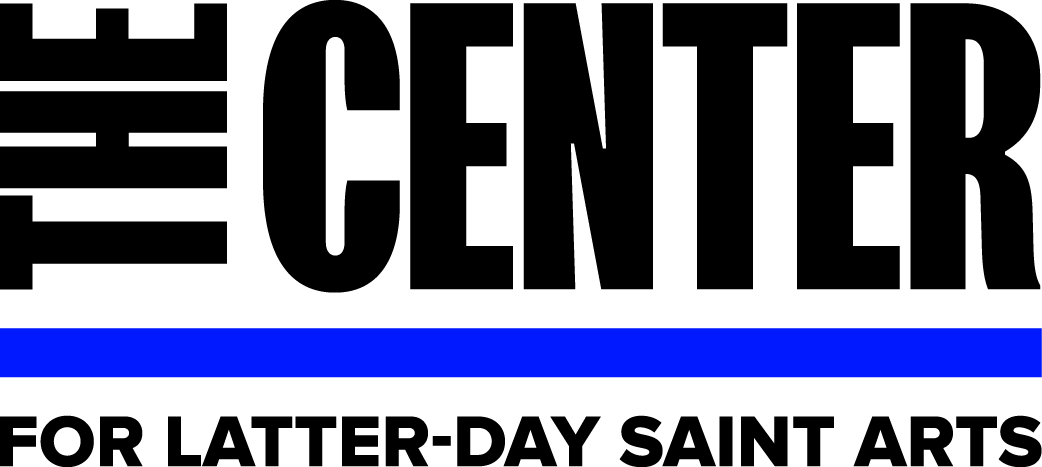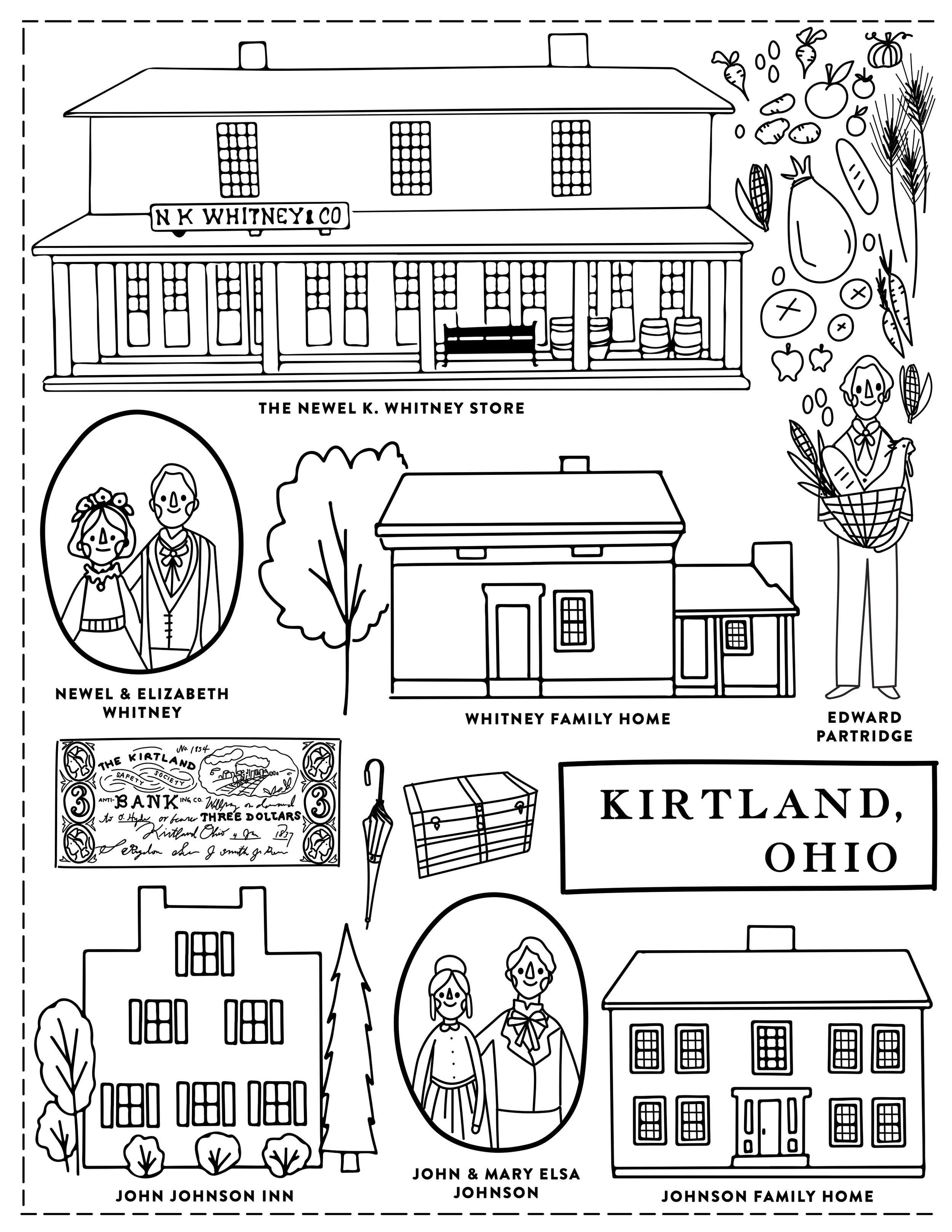April 7-13: D&C 30-36
"You Are Called to Preach My Gospel"
George Beard (American, born England, 1855-1944)
Untitled [Barn, with livestock outside] (ca. 1910-1919)
Gelatin dry plate negative, 5 x 7 inches
Courtesy, L. Tom Perry Special Collections, Harold B. Lee Library, Brigham Young University, Provo, UT 84602
George Beard Photographs, Digital Collections, HBLL https://lib.byu.edu/collections/george-beard-collection/
Historical Reflections
“The Doctrine and Covenants readings from March through June 1831 (Sections 45-60) continue the themes of the previous months. The revelations were primarily concerned with ordering the Church in Kirtland, including most notably the first appointment of high priests. The old problem of spiritual excesses also continued; the Saints, who were thrilled to be receiving revelations through a prophet, had trouble knowing where to draw the line with questionable spiritual manifestations. Then came a sharp break in July and August 1831, the second part of our readings. Joseph and a party of followers journeyed from Kirtland to Jackson County, Missouri, where land was dedicated for Zion, the New Jerusalem. It was thrilling and troublesome. The Saints were not entirely welcome there and within two years would be driven out.”
- Richard Bushman, historian, and co-founder of the Center
Early missionaries received the charge through revelation to preach, often accompanied by language that the field is white, ready for harvest. (see D&C 33:3). The untitled photograph by George Beard documents the final scene of reaping with crops going into a barn, but Beard’s life story represents the metaphor in other ways, too. Beard’s father, a coal miner in England, encountered LDS missionaries and was baptized along with his wife and oldest son. Eventually all seven of their surviving children were baptized, including George. That is one example of harvesting. During their voyage from Liverpool to the U.S., George’s mother fell while onboard and died; she was buried at sea. Her death is another kind of harvest. The family settled in Coalville, Utah, high in the Uinta mountains, and landscape became the inspiration for George’s art the rest of his life. He was primarily a painter, but he used photography in his creative process.
Harvest was a recurring theme in his life—both in the sense of adding (gathering) and subtracting (removal and loss). Beard’s parents joined the Church in a harvest of souls; but he lost his mother during immigration, as well as his son and daughter-in-law in the 1918 flu epidemic. He lost his sight to cataracts and was blind until surgery restored most of his vision, to which he said, “I am the happiest man in the U.S. Just think of it. I commence painting today.” (George Beard: Pioneer Artist with a Camera, Provo, UT: B. F. Larsen Gallery, Harris Fine Arts Center, Brigham Young University, 1975: 149.)
Discussion Questions
David Whitmer was chastised by the Lord for failing to rely on Jesus "for strength as you ought" (D&C 30:1). How do you rely on Jesus in your current struggles? How have you found strength in relying on Jesus in the past?
Thomas Marsh was instructed by the Lord to "thrust in your sickle with all your soul, and your sins are forgiven you" (D&C 31:5). How does this square with the concept of repentance? How do you apply this instruction to Thomas Marsh to your own repentance process?
Our hymns and our scriptures encourage us to "gird up your loins" ("Come, Come, Ye Saints," Hymns no. 30; D&C 36:8; Job 38:3; Proverbs 31:17). What does it mean to gird up your loins? What are you doing in this girding process presently?
For Children
Hello. You may have heard or read in the scriptures to thrust in your sickle to harvest, “…thrust in your sickles, and reap with all your might, mind, and strength” (D&C 33:7). When these revelations were given, nearly every frontier American household grew crops and harvested them by hand. They would have owned sickles to do that. What is a sickle and how does it work? A sickle is a farming tool used to cut grain. It’s small. You can hold it in one hand. There is a curved blade attached to a handle. These have been used since ancient times. Someone harvesting a field with a sickle could grab a handful of stalks with one hand and cut the stalks with the sickle in another. It’s something that even a child could use. In fact, that’s the interesting thing about this scriptural directive. It would be different if it said, “thrust in you scythe…”, which is much larger, with a long blade and two handles, and harder to control. Everyone can harvest with a sickle (and everyone can be a missionary). Being big is not a requirement to do it perfectly.
🖍️ Our History: Color On!
The stories from the Restoration are filled with colorful individuals committed to building the kingdom of God and a community of faith.
Our History: Color On!, is a four-part series of coloring pages by Melissa Snyder Wood. Commissioned by the Center for you and your families, we hope you discover opportunities for discussions and ideas as you color people and places from the early Church.
These Kirtland coloring pages are the 2nd set of pages in the four-part series. Each quarter, two pages are released and are designed to sit side-by-side with the following quarter’s pages intended to sit beneath. Regardless of whether you choose to assemble all the pages (perhaps on a doorway or a pin board), or color them as individual pages, we hope you will take the journey with us, finding inspiration from the joys, failures, friendships and journeys of the early Saints. You can find previously released pages on the Center Blog.







